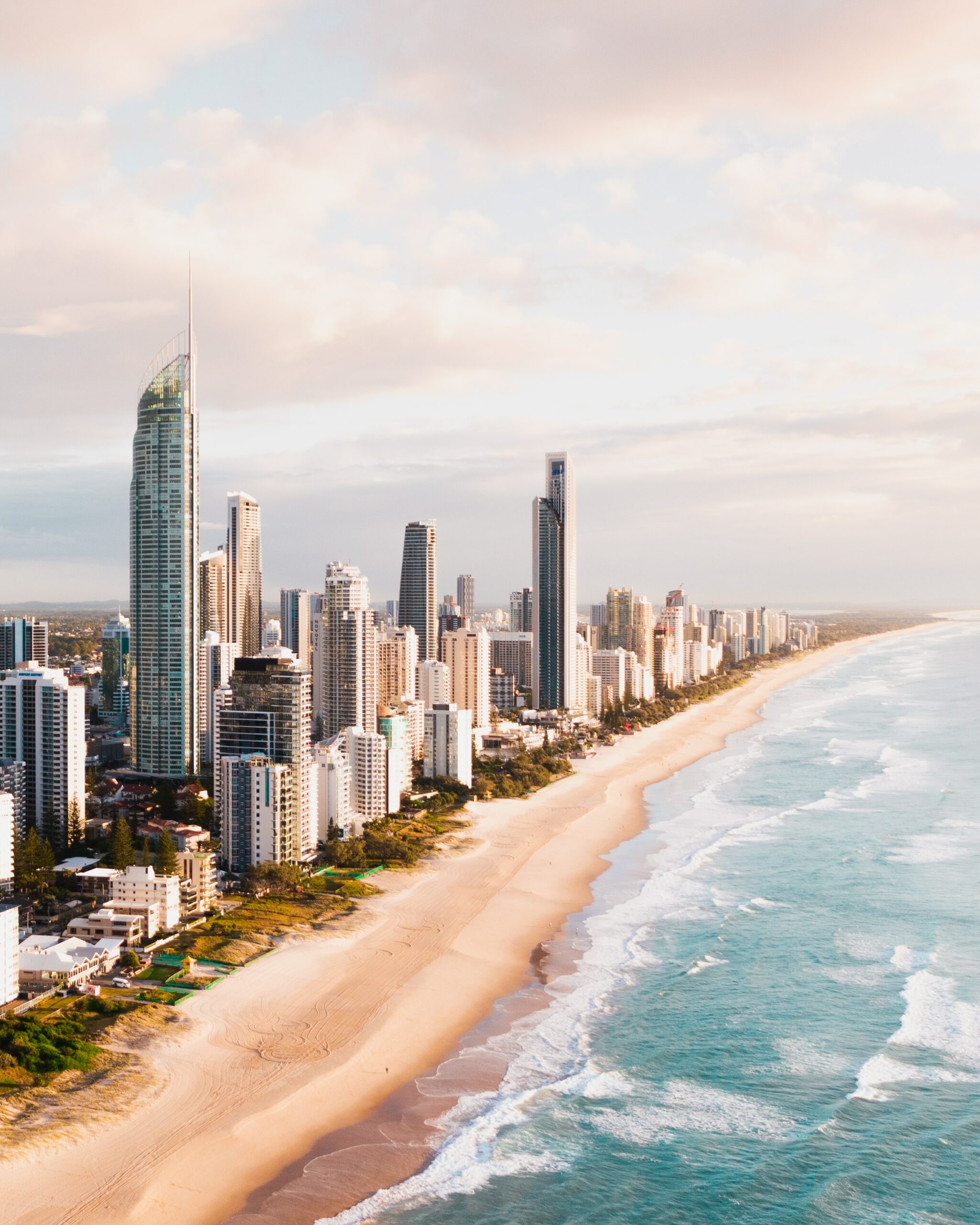What Type of Fence Should an Apartment Have in Australia?
Choosing the right fence for an apartment complex is crucial for ensuring safety, privacy, and aesthetic appeal. The type of fence selected can significantly impact the residents’ quality of life and the property’s value. This article explores various fencing options, considering factors like durability, cost, maintenance, and design to help property managers and apartment owners make an informed decision.
1. Security and Privacy Concerns
The primary function of any apartment fencing is to provide security and privacy. Sturdy materials like wrought iron or steel are ideal for security, as they are difficult to breach. For privacy, options such as wooden slat fences or vinyl panels are popular, as they block the view from outside and add a decorative touch. Balancing these two aspects is key; a fence should deter unauthorized access while providing the residents a sense of seclusion and comfort. Many new developments and buildings on the Gold Coast are choosing to use a sturdy steel construction to ensure durability and security.
2. Aesthetic and Design Compatibility
The fence design should complement the architectural style of the apartment complex. Modern apartments may benefit from sleek metal or glass fences, while traditional buildings might better suit classic wood or wrought iron designs. The choice of colour and texture also plays a significant role in enhancing the overall curb appeal. A fence that blends well with the surroundings and the apartment’s architecture can significantly boost the property’s aesthetic value. Many off the plan apartments in the Gold Coast have aesthetically pleasing fence designs.
3. Material Durability and Maintenance
The longevity and upkeep of the fence are critical considerations. Materials like aluminium and vinyl offer durability with minimal maintenance, making them a cost-effective long-term choice. While aesthetically pleasing, wooden fences require regular treatment to prevent rot and termite damage. The local climate should also be taken into account; for instance, in coastal areas, corrosion-resistant materials are a necessity.
4. Budget and Cost-Effectiveness
Budget constraints play a significant role in the decision-making process. While higher-end materials like wrought iron or redwood offer elegance and durability, they come with a higher price tag. On the other hand, materials like chain link or bamboo are more affordable and still offer decent durability and style. It’s important to consider the initial cost and the long-term expenses related to maintenance and potential repairs. Inner suburbs in Sydney are now opting for higher end wrought iron designs as the look it high class and matches the building style of higher end buildings.
5. Compliance with Local Regulations
Before installing a fence, checking local zoning laws and building codes is essential. Regulations may dictate the height, material, and even the style of fencing allowed. Additionally, if the apartment complex is part of a body corporate, the body corporate fence design and colour rules must also be adhered to. Non-compliance can result in legal issues and additional costs.
Conclusion
In conclusion, selecting an appropriate fence for an apartment complex involves balancing multiple factors, including security, privacy, design, material durability, cost, and legal compliance. A well-chosen fence not only enhances the safety and privacy of the residents but also contributes to the aesthetic appeal and value of the property. Property managers and owners should carefully consider these aspects to choose to best suit their specific needs and context.


Got something to say?